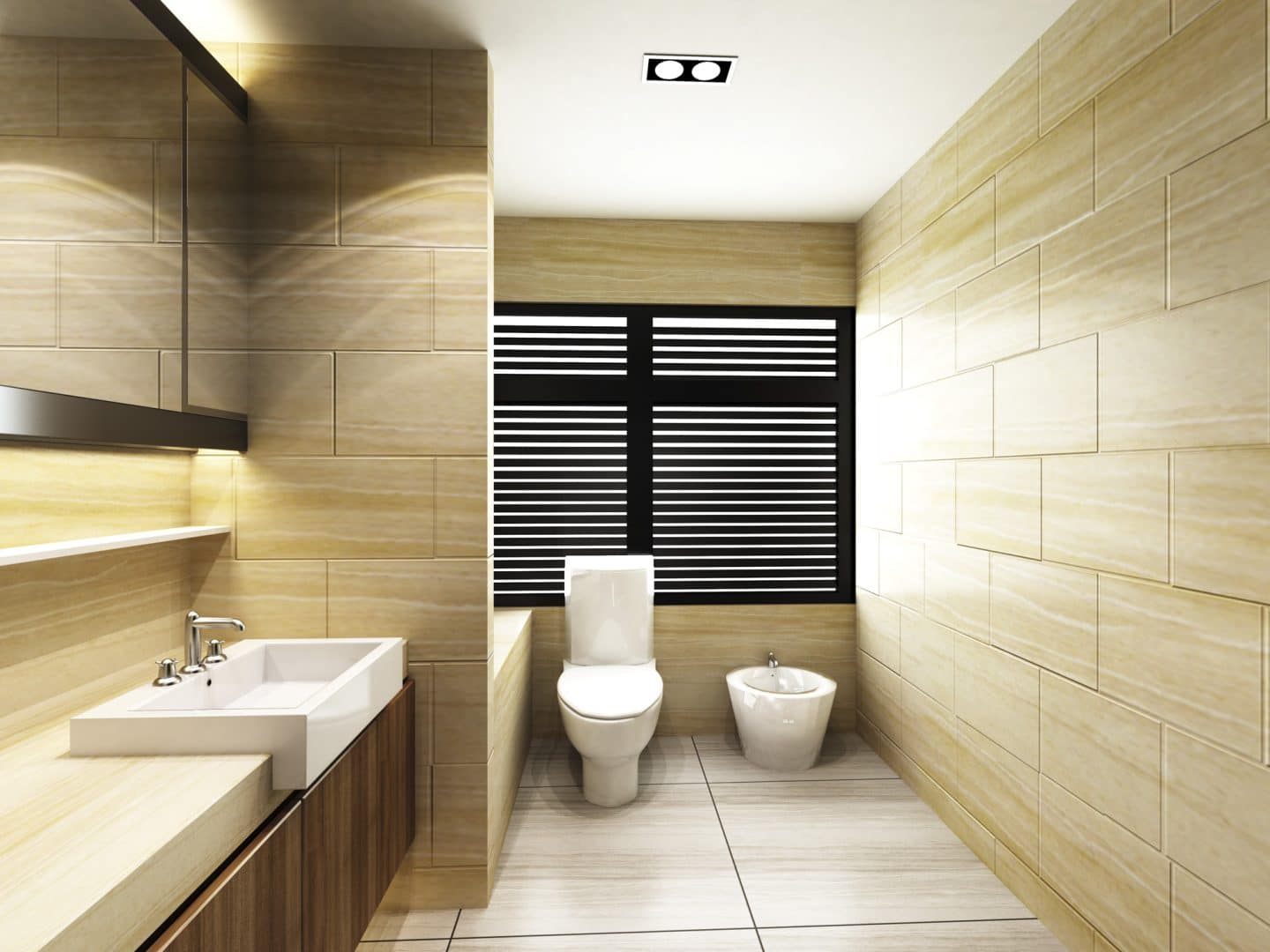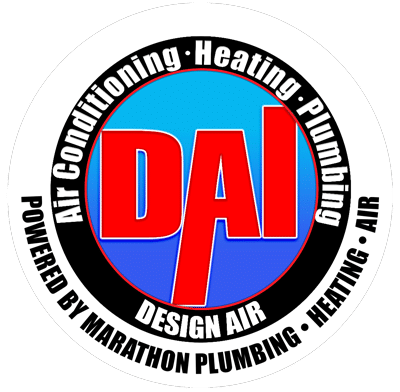
A functional toilet is one of those household essentials we often take for granted—until it stops working correctly. Whether it’s a minor annoyance like a continuously running toilet or a major crisis like an overflow, toilet problems are hard to ignore. Understanding the basics of toilet repair and replacement is crucial for homeowners. Let’s delve into the world of toilet upkeep.
Common Toilet Problems
Toilets, like any other home appliance, can run into various issues over their lifespan. Some common ones include:
- Constantly Running: A toilet that won’t stop running usually has an issue with its flapper valve. This component can deteriorate over time, leading to water leaks from the tank to the bowl.
- Toilet Overflows: Blockages can lead to a toilet overflowing. This is often a result of excessive toilet paper, non-flushable items, or issues further down the sewage line.
- Weak Flushing: Over time, mineral deposits can accumulate in the siphon jet and bowl rim holes, leading to a weak flush.
- Toilet Wobbles: This can be a simple fix of tightening bolts or a sign of a damaged or rotted floor underneath.
To Repair or Replace?
While some toilet issues can be fixed with a quick DIY job, others might necessitate a complete replacement. Here are some considerations to help decide:
- Age of the Toilet: Older toilets, especially those installed before the 1990s, use more water. Modern toilets are designed to be more efficient, often using less than half the water of their older counterparts.
- Cracks in the Toilet: Hairline cracks in the bowl or tank can develop into significant leaks. If you spot a crack, it’s often best to replace the toilet before it breaks completely.
- Multiple Repairs: If you find yourself repeatedly calling for repairs, it might be more cost-effective to replace the entire unit.
- Remodeling or Upgrading: If you’re updating your bathroom, it might be a good time to replace your toilet to match the new design or to upgrade to a more efficient model.
The Environmental Protection Agency offers insights on the benefits of using modern, water-efficient toilets, emphasizing the environmental and economic advantages.
Tips for Toilet Replacement
If you’ve decided to replace your toilet, here are some tips:
- Measure Carefully: Before purchasing a new toilet, measure the rough-in size—the distance from the wall behind the toilet to the center of the drainpipe or the bolts that hold the toilet to the floor.
- Consider Efficiency: Look for toilets with the WaterSense label. These are 20% more water-efficient than average products in that category.
- Think About Comfort: Elongated bowls are more comfortable but take up more space than round bowls. Also, consider the height. “Comfort height” or “right height” toilets are a bit taller and can be more comfortable for many people.
An article in This Old House offers a detailed guide on choosing and installing the right toilet, ensuring homeowners make an informed choice.
Conclusion
While toilets may seem straightforward, the nuances of repair and replacement can be complex. It’s always a good idea to have a basic understanding, but when in doubt, it’s best to call in the professionals.
For residents of the Inland Empire area, you don’t have to look far for expert advice and service. DAI Plumbing has been a trusted name for years, offering reliable and efficient solutions for all toilet concerns. Our team understands the intricacies of toilet systems, and whether you need a repair or a complete replacement, we’re here to ensure the job gets done right. Remember, a well-functioning toilet is crucial for the comfort and hygiene of your home, so always prioritize its maintenance and care. Let DAI Plumbing be your partner in ensuring your toilet works flawlessly for years to come.
